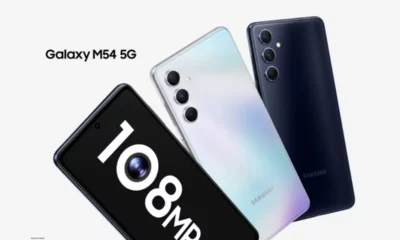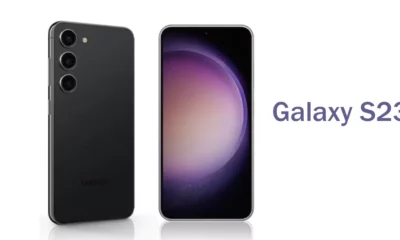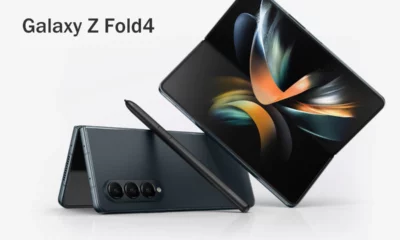News
Fix: Samsung Galaxy S23 Ultra Screen Flickering Issue
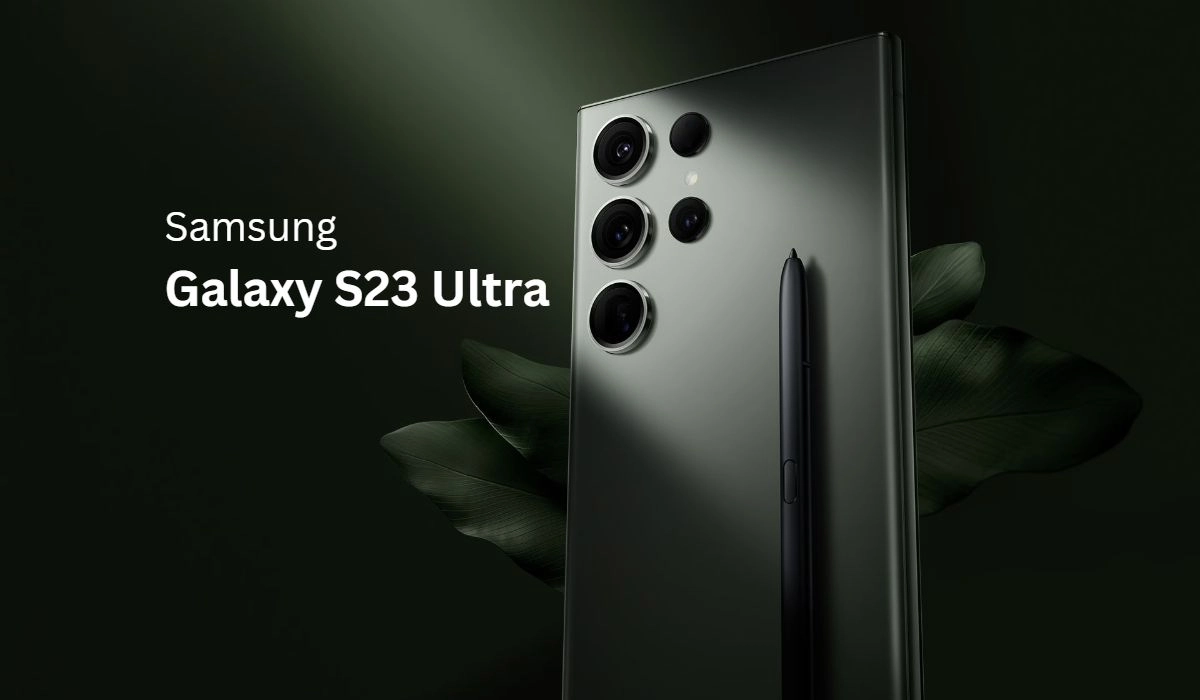
It’s no secret that Samsung’s Galaxy S23 Ultra packs in a lot of features. However, some users have reported an annoying problem with the device: its screen flickering at random intervals.
If you’re one of these users, don’t worry—you’re not alone! Many have encountered this issue and there are ways to fix it. In this blog post, we’ll explore what causes the flickering issue on the Samsung Galaxy S23 Ultra and how to resolve it. Read on to learn more about this common problem and ensure your device is running smoothly!
What Causes Screen Flickering issue on a Mobile Screen?
There are a number of possible causes for screen flickering on a mobile phone. One possibility is that the phone’s display is damaged. This can happen if the phone is dropped or if it sustains any other type of impact. Another possibility is that there is an issue with the phone’s software. This can be caused by a number of things, including a buggy update or an app that is not compatible with the phone’s operating system.
Finally, it is also possible that the screen flickering is being caused by a hardware issue. This could be due to a problem with the phone’s display itself or with another component in the phone.
Restart your Samsung phone
If your Samsung phone is flickering, the first thing you should do is restart the device. This may seem like an obvious solution, but sometimes a simple restart is all it takes to fix a problem. To restart your Samsung phone, simply press and hold the power button until the power menu appears. Then, tap the “Restart” option. Your phone will reboot and hopefully the flickering will be gone!
Restart your Samsung phone in Safe Mode
If your Samsung phone is experiencing screen flickering, you can try restarting it in Safe Mode. Safe Mode is a mode that can be used to troubleshoot software issues on your device. In this mode, only pre-installed apps and services are allowed to run. To restart your Samsung phone in Safe Mode:
- Press and hold the Power button until the power off prompt appears.
- Touch and hold the Power off option until the Reboot to safe mode prompt appears.
- Tap OK to confirm and restart your device in Safe Mode.
Once your device has restarted in Safe Mode, try using it as normal to see if the screen flickering issue persists. If the problem goes away in Safe Mode, it is likely that one of your installed apps is causing the issue. You can try uninstalling apps one by one to narrow down which app is causing the problem.
Remove recent apps
If your Samsung Galaxy Device is experiencing screen flickering, one potential cause could be the recent apps function. To remove recent apps:
- From the home screen, tap the Recent Apps icon (the three vertical dots).
- Find the app you want to remove from the list of recent apps and swipe it to the left or right.
- This will remove the app from the list of recent apps.
Update your Samsung phone
If your Samsung phone is displaying a screen flickering issue, there are a few things you can do to fix the problem. First, try updating your phone to the latest software version. If that doesn’t work, then you can try resetting your phone to its factory default settings. Finally, if those two options don’t solve the problem, then you can contact Samsung customer support for further assistance.
Factory reset your Samsung phone
If your Samsung phone is flickering, you may need to factory reset the device. This will wipe all data from the phone, so be sure to back up any important files first. To factory reset your Samsung phone:
- Open the Settings app.
- Tap “General management.”
- Tap “Reset.”
- Tap “Factory data reset.”
- Tap “Reset.”
- Enter your PIN or password if prompted.
- Tap “Delete all.”
Contact Samsung Service centre
If your Samsung Galaxy devices is flickering, you may need to contact a Samsung service center. There are several reasons why your phone might be flickering, and a service center can help you determine the cause and fix the problem.
News
How to take Screenshot On Samsung Galaxy A54
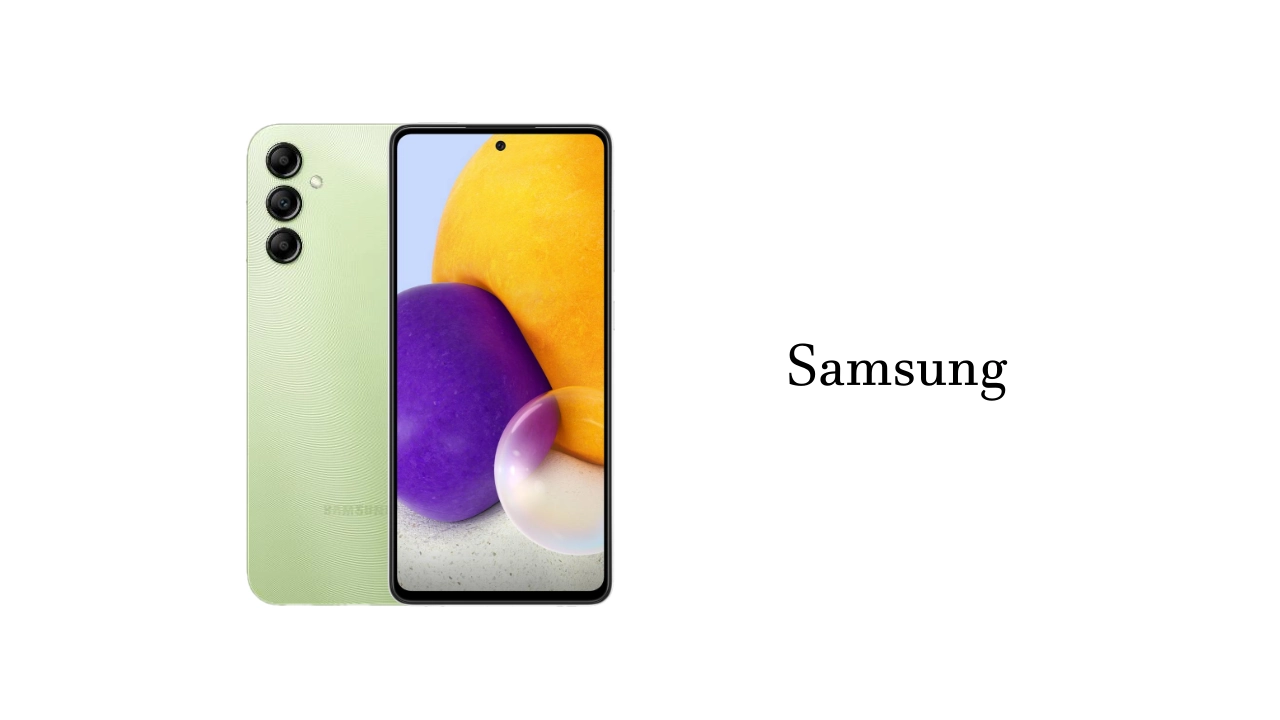
Taking screenshots on our smartphones is becoming increasingly common and has become an invaluable part of our technology lives. But do you know how to take a screenshot on your Samsung Galaxy A54?
Whether you’re trying to capture a text conversation with a friend or just need to grab something quickly from the internet, we’ve got you covered with this step-by-step guide. Keep reading to find out how easy it is to take screenshots on your Samsung Galaxy A54!
How to take a screenshot using the physical buttons
- To take a screenshot using the physical buttons, simply press and hold the power button and the volume down button at the same time.
- The screen will flash, indicating that a screenshot has been taken.
- You can find the screenshot in your gallery app.
How to take a screenshot using Palm Swipe
Palm Swipe is a feature that allows you to take a screenshot on your Galaxy S23 Ultra by swiping the edge of your hand across the screen. To use Palm Swipe, follow these steps:
- Enable Palm Swipe: Go to Settings > Advanced features > Motions and gestures. Enable Palm swipe to capture.
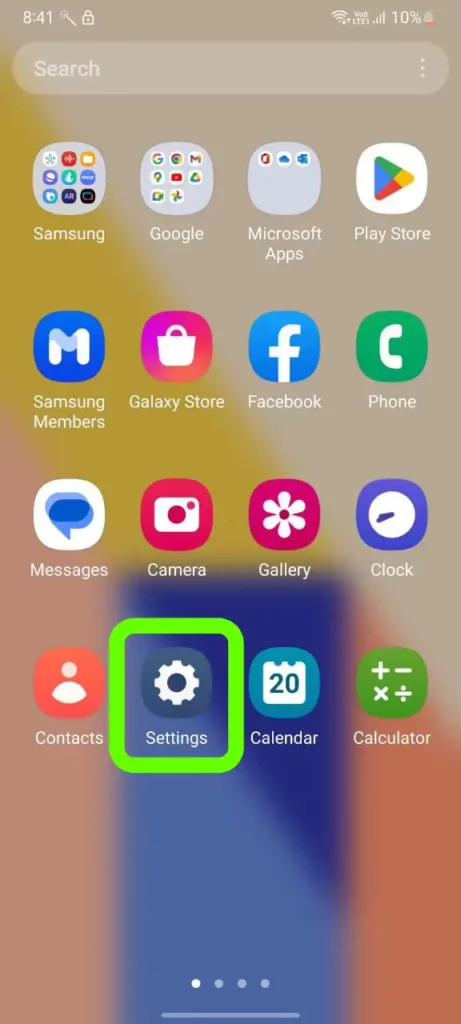
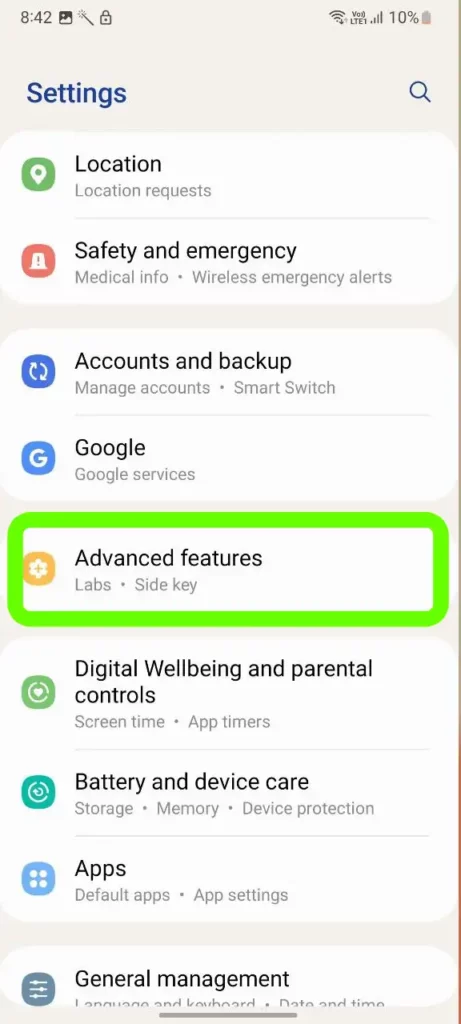
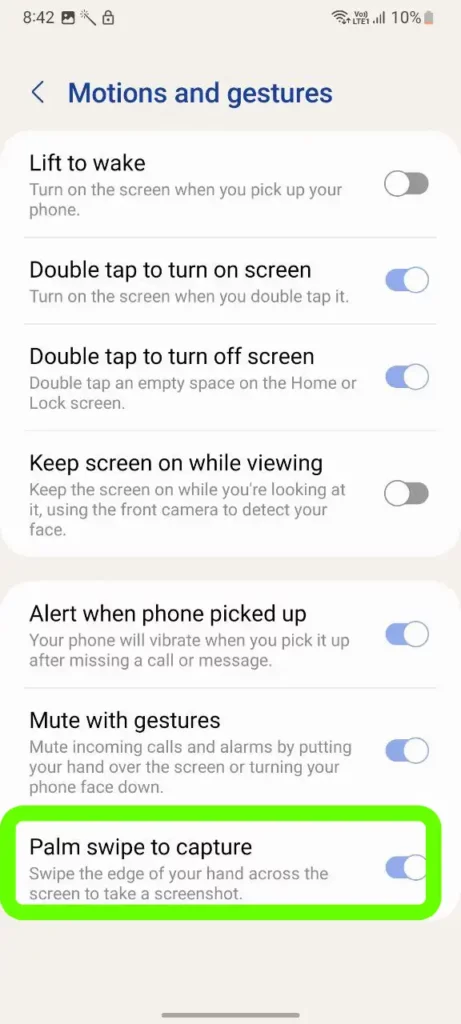
- Take a screenshot: Place your hand vertically on either side of the screen, then swipe across the screen from one side to the other as if you were taking a photo.
How To
How to enable Ethernet tethering on Samsung Galaxy A53 smartphone

Are you looking to learn how to ethernet tethering your Samsung Galaxy A53? With the ability to ethernet tethering, you can share your mobile data connection with other devices, allowing them to access the internet without a Wi-Fi network. Ethernet tethering has traditionally been done using Wi-Fi connections, but with the latest technology, you can now set up tethering using Ethernet connections.
In this guide, we’ll walk you through the steps of setting up Ethernet tethering on your Samsung Galaxy A53 smartphone. We will also discuss some of the benefits and drawbacks of using this method compared to other ways of tethering.
Enable Ethernet tethering on Galaxy A53 smartphone
- First, go to “Settings“

- Then, click on “Connections“

- Now, you will see “Mobile Hotspot and Tethering” Option, click on it.

- Then, enable “Ethernet tethering“.
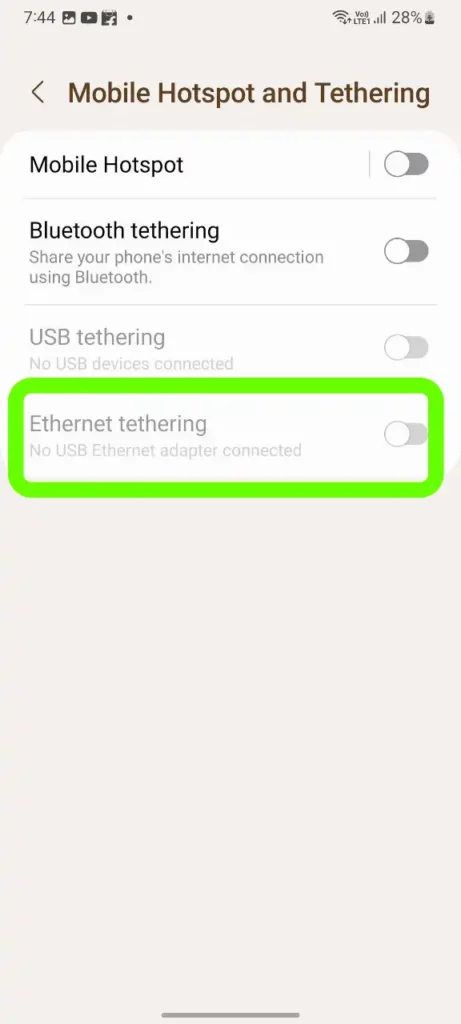
We hope that this article has been able to provide you with some helpful tips and tricks for How to enable Ethernet tethering on Samsung Galaxy A53 smartphone. Now you can share your experiences or capture important information without any hassle!
News
Fix: Samsung Galaxy Z Flip 3 user facing WiFi connecting Issue
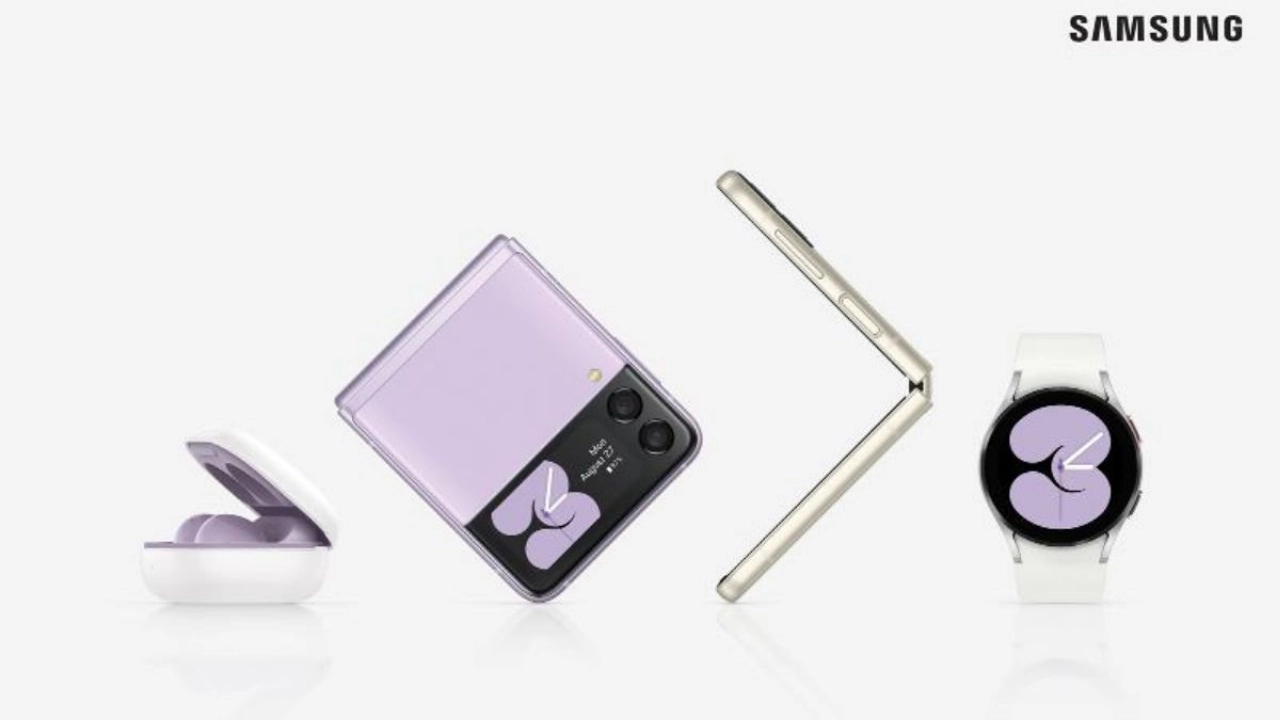
Tech enthusiasts across the world have been going wild since Samsung announced the launch of the much-anticipated Samsung Galaxy Z Flip 3. From its impressive design to its cutting-edge features, this latest smartphone model is a must-have device for tech savvy users.
Unfortunately, however, some users have reported facing issues in connecting to Wifi networks with their smartphone. If you’re having trouble getting connected with your Galaxy Z Flip 3, don’t worry – we’ve got you covered! In this blog post, we’ll be taking a look at how to fix user-facing WiFi connecting issues on your Samsung Galaxy Z Flip 3. Let’s get started!
How to fix Galaxy Z Flip 3 WIFI not working issue
Restart your device
If your Samsung Galaxy device is not connecting to WiFi, the first thing you should try is restarting your device. To do this, simply power off your phone and then turn it back on. This should fix the problem if it was caused by a temporary glitch.
Toggle the Airplane Mode
If your Samsung Galaxy device is having trouble connecting to WiFi, one of the first things you should try is toggling the Airplane Mode. This setting turns off all wireless connections on your phone, which can sometimes be the cause of the problem. To toggle Airplane Mode, simply pull down the notification shade and tap on the Airplane Mode icon.
Restart Wifi Connections
If your Samsung Galaxy device is having trouble connecting to WiFi, you can try restarting your WiFi connections. To do this, go to Settings > Network & Internet > WiFi and toggle the WiFi off and on. You can also try forgetting the WiFi network and then reconnecting to it. If you’re still having trouble, you can try resetting your device’s network settings. To do this, go to Settings > General Management > Reset > Reset Network Settings.
Connect a different device
If your Samsung Galaxy device is having difficulty connecting to your WiFi network, there are a few things you can try. First, try connecting a different device to the WiFi network. If that device is able to connect without any problems, then the issue is most likely with your phone and not the WiFi network.
Check update
If your phone is having trouble connecting to WiFi, the first thing you should do is check for any available updates. To do this, go to Settings > About device > Software update and see if there are any updates available. If there are, install them and see if that fixes the problem.
Restore Factory
If your Samsung Galaxy device is having trouble connecting to Wi-Fi, you can try restoring the factory settings. This will reset all of your network settings, including your Wi-Fi passwords, so make sure to write them down before you begin. To restore your Galaxy S Ultra to its factory settings:
- Open the Settings app and tap “General management.”
- Tap “Reset.”
- Tap “Factory data reset.”
- Tap “Reset device.”
- Enter your PIN or password if prompted.
- Tap “Continue.”
- Tap “Delete all.”
Could It Be A Hardware Issue?
If your phone is having trouble connecting to WiFi, it could be a hardware issue. So you should visit Samsung customer care centre for repair your device.

